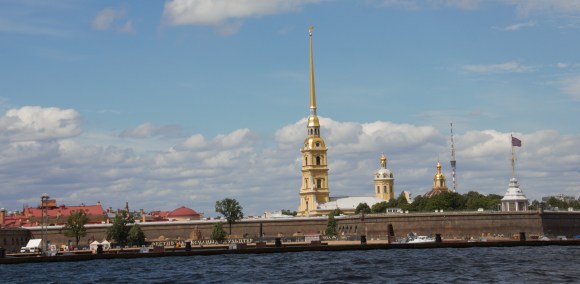Privet from Moscow,
What do you do if you are a Soviet engineer when Stalin says widen the streets of Moscow but simultaneously preserve some of the buildings?
Stalin’s modernisation of Moscow
During the 1930s Joseph Stalin wanted to bring medieval Russia into the modern world. In 1935 a map of the city was produced for modernisation. Red lines were drawn all over to indicate new roads and widened medieval lane ways. Stalin issued a directive to Soviet engineers to widen the streets. Trouble was, there were many magnificent buildings abutting the narrow roads. The conundrum was the biggest lateral thinking exercise they’d ever confronted. It seemed like an insoluble problem.

In Buenos Aires when Peron commanded the Main Street to be widened to 16 lanes, many buildings were demolished in the name of progress. The architecturally beautiful French embassy was in the way and the French refused. So, at that end of the road, the tarmac narrows and the traffic goes around.

In the Soviet capital this was not a live option. Moscow is architecturally one of the great cities of the world. Many of the more striking buildings pre-dated the 1917 revolution but the modernisation of the city began in the Soviet era.
So they had to figure out a way to achieve both aims. Astonishingly, the solution was: move the buildings. Gorky Street was widened and renamed Tverskaya Street. Many tenement blocks, civic buildings and a hospital were slated to be moved back or, in some cases, rotated. The buildings were cut from their foundations and physically moved on rollers with the wiring, sewerage, plumbing and telegraph connected to temporary hosing.
The preparations took months but the actual move took days. One apartment building was moved overnight and the tenants never had to even leave the building! One hospital was moved and no patients were evacuated and surgical operations continued during the relocation. It’s still in use as a hospital today. When we learned this yesterday, Linda and I both had visions of brick by brick demolitions and reconstructions but the a Soviet engineers had better ideas.
When the Egyptians built the Aswan Dam three decades later, some ancient stone constructions were moved – with Soviet engineering knowhow – so the artifacts weren’t drowned by the rising water.
Linda and I had a sumptuous meal at a nostalgic Soviet restaurant on Tverskaya Street today. The decor is 1970s Soviet memorabilia, mezzanine format, massive chandelier, red and white check curtains, food posters of the time and Russian folk music over the intercom: very pleasant. Linda had onion pie followed by pigeon milk cake and I had buckwheat porridge with pork.
On the puzzle placemats (Battleships and Cruisers, colouring in and word games) they inveigled us to provide them with some feedback. So, I’m passing the same message on now: Comrades, give us your feedback!
Proschchal’nyy privet from Moscow
Greg
Other photos from hereabouts




